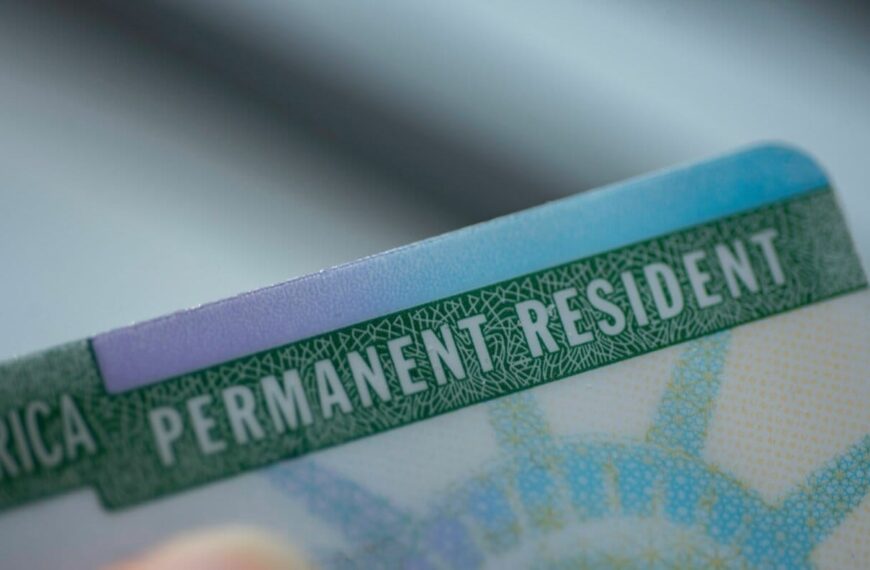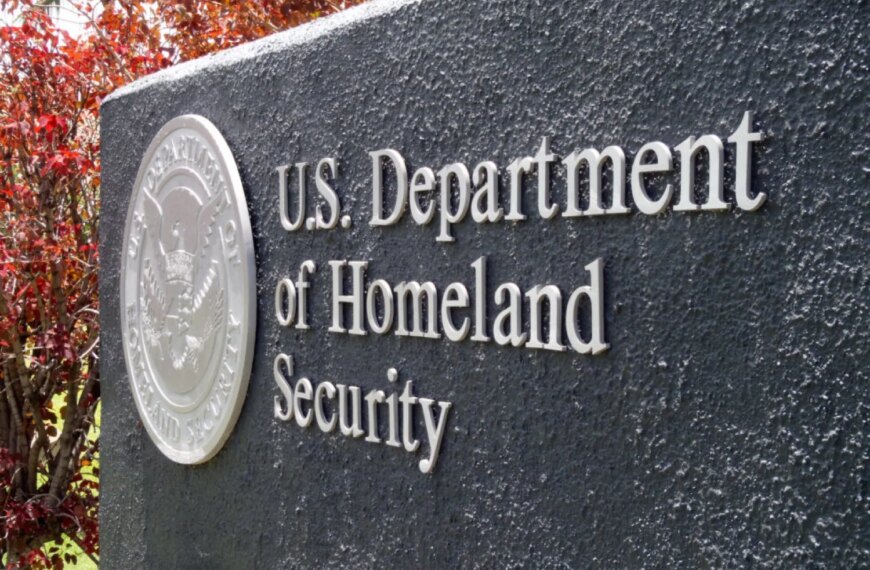Understanding the Collaborative Efforts for Migrant Minors in Spain
In recent years, Spain has become a significant destination for migrants, particularly minors seeking refuge from conflict, poverty, and other adversities. The Spanish government has recognized the need for a comprehensive strategy to address the challenges posed by an increased influx of migrant minors. This has led to a collaborative effort among various regions in Spain to develop a relocation strategy that ensures the safety, well-being, and integration of these vulnerable individuals.
The Need for a Relocation Strategy
As the number of unaccompanied minors arriving in Spain rises, the urgency for a responsive relocation strategy has become apparent. These minors often face numerous challenges, including:
The Spanish government, alongside regional authorities, has initiated discussions to devise a strategy that distributes the responsibility of caring for these minors more equitably across different regions.
Collaboration Among Regions
The collaboration among Spain’s autonomous regions aims to create a more cohesive and effective response to the needs of migrant minors. This initiative includes:
Meetings and Workshops: Regional governments are holding meetings to share best practices and resources. These workshops allow regions to discuss their individual challenges and successes in integrating migrant minors.
Resource Allocation: Regions are working together to allocate resources efficiently. This includes funding for housing, education, and healthcare, ensuring that no single region bears the entire burden.
Creating a Unified Approach: By collaborating, regions can develop a unified approach that prioritizes the safety and well-being of migrant minors, ensuring they receive the necessary support and services.
Key Objectives of the Relocation Strategy
The relocation strategy focuses on several key objectives that are vital for the well-being of migrant minors:
Challenges Ahead
While the collaborative efforts to create a relocation strategy are commendable, several challenges remain:
Resource Limitations: Some regions may struggle to allocate the necessary resources for the care of migrant minors, which could hinder the overall effectiveness of the strategy.
Public Perception: The arrival of migrant minors can sometimes lead to public anxiety and resistance. Addressing these concerns through awareness campaigns and community engagement is crucial for fostering a supportive environment.
Coordination Between Regions: Ensuring seamless coordination among different regions can be complex. Establishing clear communication channels and protocols is essential for the success of the relocation strategy.
Conclusion
The Spanish government’s initiative to collaborate with various regions in developing a relocation strategy for migrant minors is a significant step towards addressing the challenges faced by these vulnerable individuals. By prioritizing their safety, education, healthcare, and social integration, Spain demonstrates its commitment to upholding human rights and providing a supportive environment for those in need.
As these discussions progress, it is essential for all stakeholders to remain engaged and committed to the well-being of migrant minors. The success of this strategy will not only depend on effective collaboration but also on the willingness of society to embrace these young individuals as part of the community, ensuring they have the opportunity to thrive in their new home.










